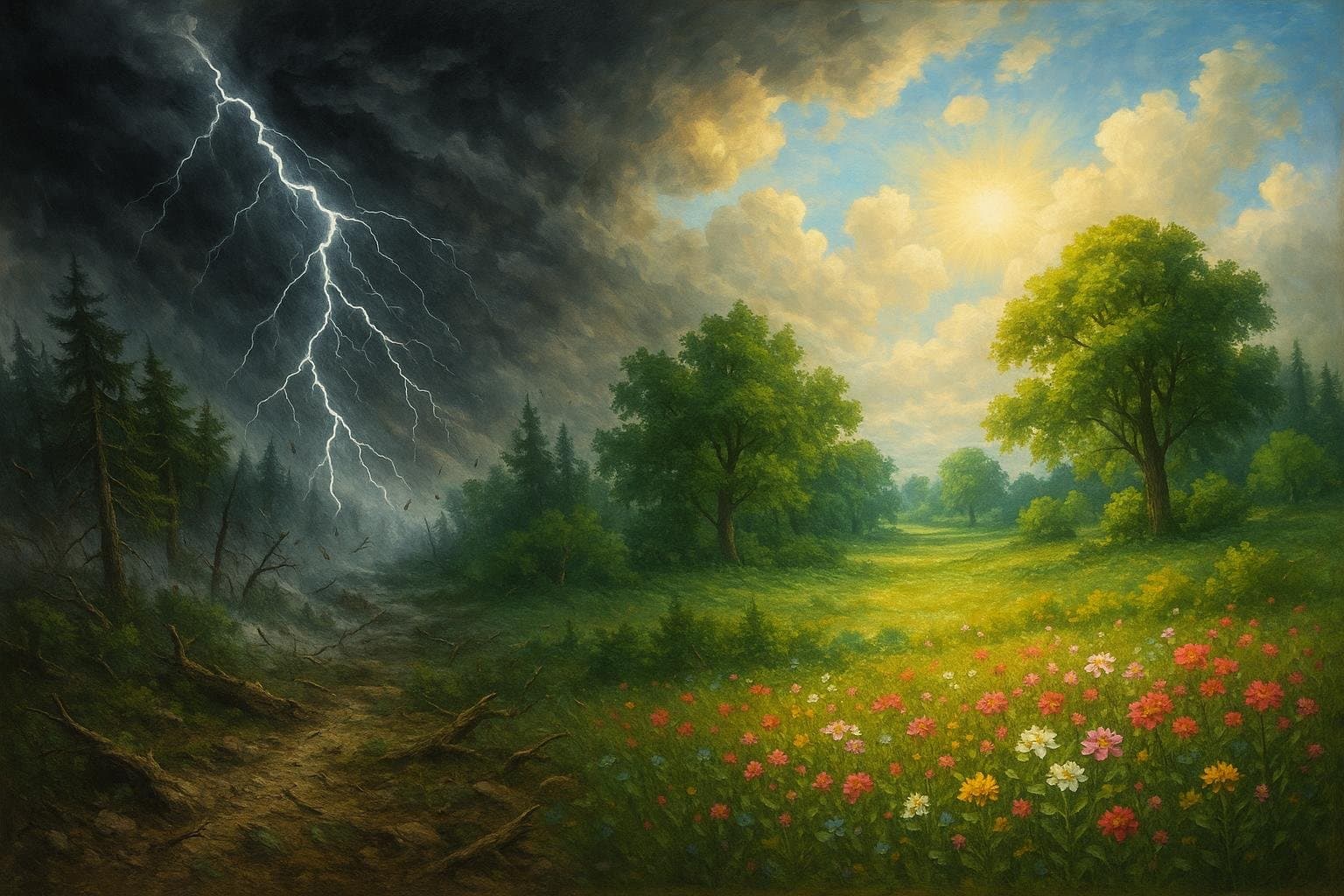Embracing Chaos as the Source of Creativity

Only from chaos comes creativity. — Brian Eno
Understanding Eno’s Central Premise
Brian Eno’s statement that creativity emerges only from chaos challenges our conventional ideas about order and innovation. Rather than viewing disorder as an impediment, Eno positions it as an essential precondition—a space where conventional patterns dissolve, making room for novel ideas to arise. This perspective invites us to reconsider the value of messiness and unpredictability both in art and in daily life.
Chaos in the History of Artistic Breakthroughs
Looking back, some of the most influential artistic movements have roots in chaotic circumstances. The Dadaists, reacting to the turmoil of World War I, intentionally embraced randomness to forge a new visual and poetic language. Similarly, jazz musicians like Miles Davis transformed improvisational chaos into moments of pure creative genius. Such examples illustrate how creative brilliance frequently springs from environments marked by disorder and unpredictability.
Scientific Innovation Sparked by Turmoil
Beyond the arts, scientific progress often unfolds in non-linear, chaotic fashion. The discovery of penicillin by Alexander Fleming in 1928, for instance, was famously described as a ‘fortunate accident’ when mold contaminated a petri dish. This unexpected outcome led to a revolution in medicine. Such episodes reveal that scientific creativity can rely on the surprises that chaos provides, challenging the notion that order alone generates breakthroughs.
The Paradox of Control and Freedom
Yet, while chaos breeds originality, it must interact with structure to produce lasting work. Eno's own approach to music—using ‘Oblique Strategies’ cards to inject chance into the creative process—demonstrates the productive tension between letting go and exerting control. These calculated disruptions invite fresh perspectives without abandoning direction entirely, highlighting the paradoxical relationship between chaos and order in nurturing creativity.
Cultivating Creativity Through Embracing Chaos
Ultimately, adopting chaos means welcoming uncertainty, ambiguity, and even failure as catalysts for growth. Innovators across disciplines often recount how stepping into the unknown sparked their greatest achievements. By learning to navigate and even seek out turbulent phases, individuals and societies can foster a climate that consistently nurtures creative potential, echoing Eno’s enduring insight that only from chaos comes true innovation.